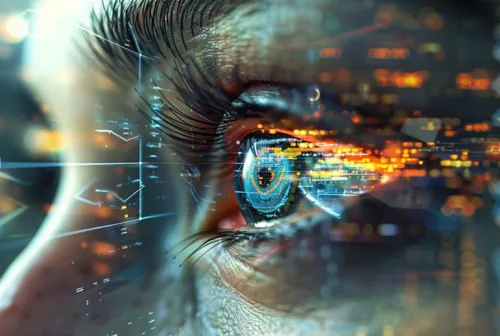From Gaze to User Experience: the revolution of User Interaction through Eye Tracking

Eye tracking is a technology that records eye movements to analyze where and how a person focuses their visual attention.
Eye tracking is a cutting-edge technology with applications across multiple fields and proves particularly valuable for enhancing user interaction in applications designed for congitive testing. By tracking eye movements - such as fixations (moments when the eye pauses at the specific point) and saccades (rapid movement of the eye between two points) - eye tracking enables the collection of detailed data on users' visual behavior.
In the context of cognitive test applications, this data helps assess key aspects such as attention level, distribution of visual focus, cognitive load, and emotional engagement during task execution. These insights are crucial to understanding how users interact with the test and to identify any difficulties or distractions the could affect their performance.
The integration of eye tracking in cognitive applications offers numerous advantages. For instance, the technology can be used to dynamically adapt test content based on the user's observed visual behavior. If the user shows signs of cognitive overload - such as increased pupil dilation or erratic eye movement - the application could reduce task complexity or suggest breaks to support recovery. Conversely, if the look indicates low interaction or inattention, the system can introduce more stimulating elements to help maintain focus. In addition, the data collected can be used to build personalized cognitive profiles, enabling the monitoring of changes in cognitive abilities over time and comparing individual performance with standardized benchmarks.
From the user's perspectives, the eye tracking integration helps make the overall experience more intuitive and natural. Users no longer need to provide explicit input via mouse or keyboard, as the application can respond directly to their eye movements. This feature is especiallly important for individuals with motor disabilities, for whom eye tracking an effective means of interacting with digital environments. In addition, the automation and real-time analysis of visual data improve the fluidity of the experience, reducing frustration and icreasing confidence in the use of the tool.

